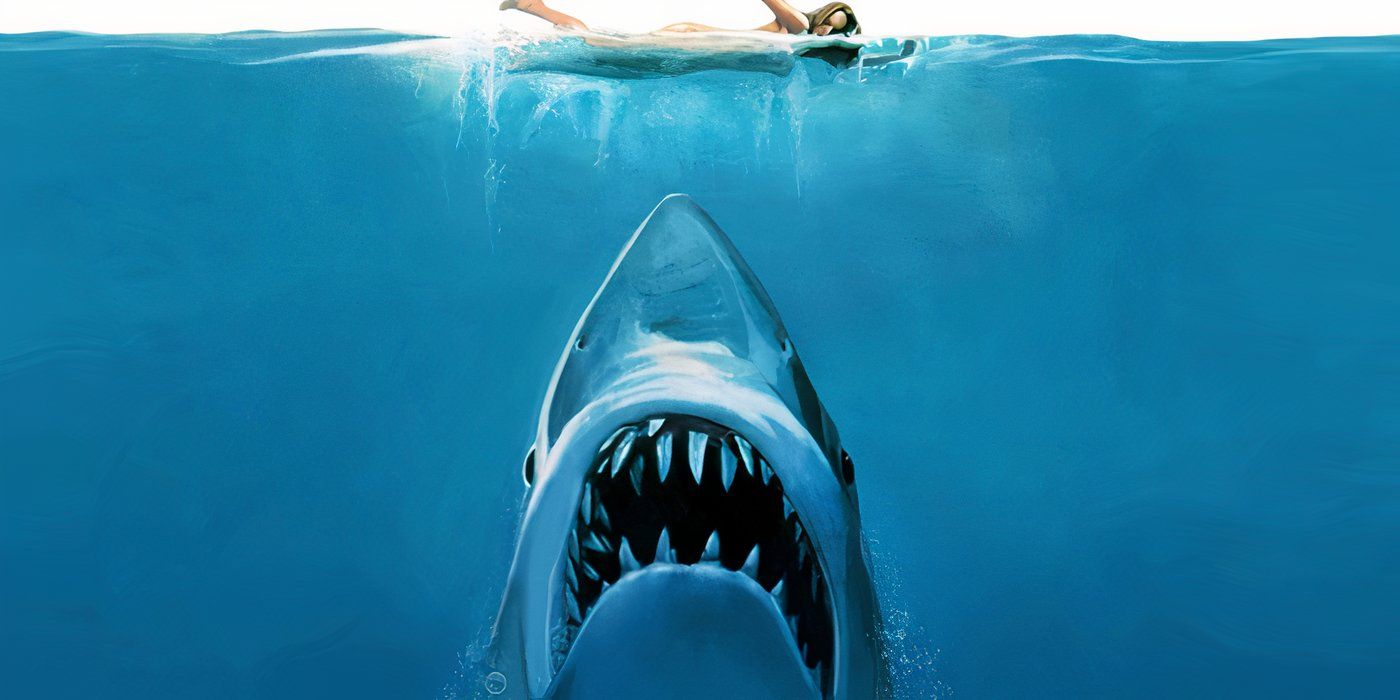At the halfway point between horror and action sits the thriller, a genre unto itself but one which has its fingers in just about every other. Thrillers can shock and appall or terrify through their intensity. They can be psychologically mind-bending or psychosexually erotic, but no matter how they deliver their thrills, they’ll keep an audience braced on the edge of their seats. Thrillers extend all the way back to the silent era and have come from all corners of international cinema. It’s a genre without borders, not bound to any single time or place.
Some of the best thrillers have come from some of the greatest filmmakers of their respective generations, proving the high levels of talent required to craft tales of white-knuckle tension or terror. From serial killers to political intrigue, there’s something on offer for every kind of film fan among the most thrilling movies of the last century. No matter their persuasion, these ten movies are guaranteed to take viewers on one hell of a thrill ride.
10
‘The French Connection’ (1971)
Directed by William Friedkin
The late director William Friedkin was no stranger to thrilling audiences, doing so across several decades of work with movies like the horror classic The Exorcist and even the audience-derided Bug. However, if there’s one movie in his filmography that provides more thrills than any other, it’s the undeniable masterpiece The French Connection. The quintessential New York cop movie, Friedkin’s gritty crime thriller finds the devil in the details of a drug investigation as Gene Hackman and Roy Scheider try to take down a major heroin dealer.
Based on the book of the same name that chronicled a real investigation, the movie is best known for its intense car chase, featuring Hackman racing across crowded city streets in pursuit of an elevated train. The chase, which was shot on location and had more than a few unintended collisions, still holds up compared to most modern car chases thanks to its gritty authenticity. It alone assured The French Connection‘s place in movie history, but the rest of the movie is equally gripping, offering a dark snapshot of New York City in one of its most violent eras.
9
‘The Vanishing’ (1988)
Directed by George Sluizer
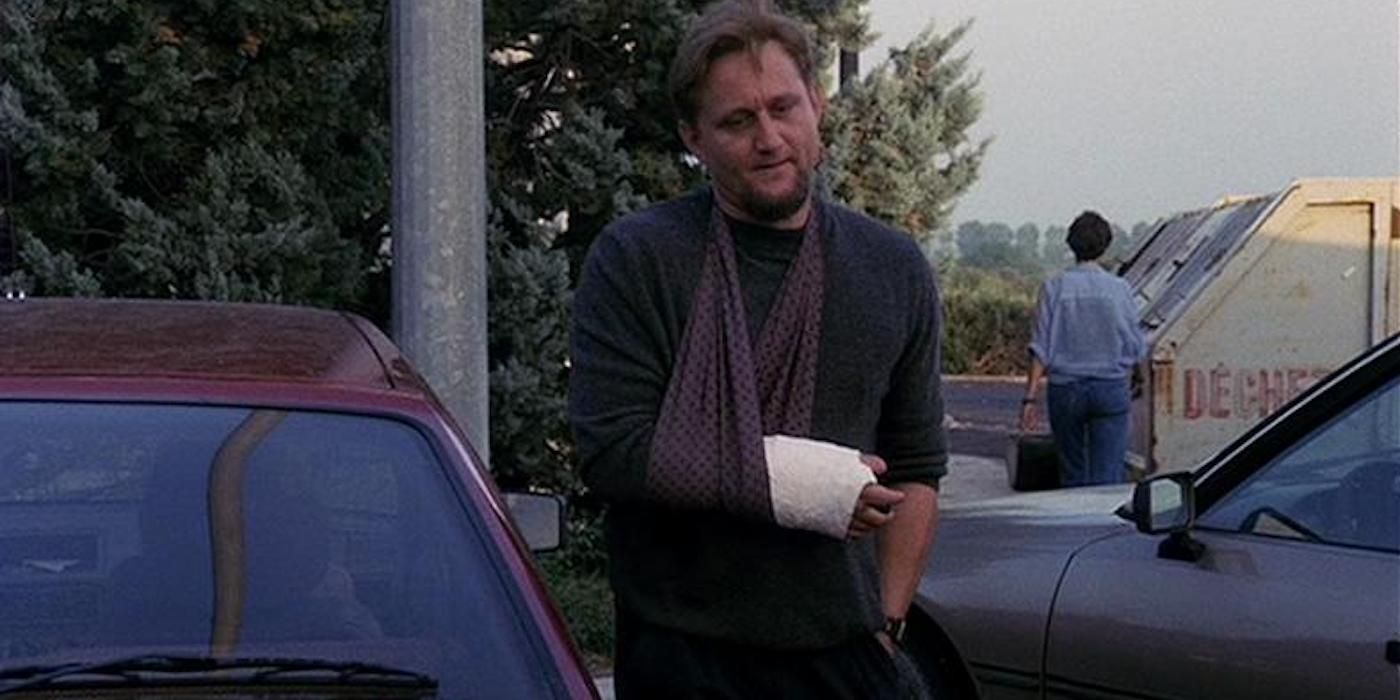
George Sluizer‘s Dutch thriller The Vanishing finds tension in the unknown and the banality of evil wrapped in a harrowing missing persons drama. Rex and Saskia, played by Gene Bervoets and Johanna ter Steege, are a young couple vacationing through France when Saskia mysteriously vanishes. Over the next few years, the mystery of what happened to Saskia consumes Rex to the point of obsession. Concurrently, the film also follows the man responsible for Saskia’s disappearance, played by Bernard-Pierre Donnadieu, a pure sociopath who committed the abduction to prove to himself that he could.
Sluizer, who also co-wrote the film with author Tim Krabbé based on the latter’s novel, teases out the mystery slowly and methodically, tightening the dramatic tension between the two men connected through Saskia until their paths eventually meet, leading to a terrifying climax that is best seen unspoiled. Though Sluizer would remake the film for American audiences with major stars, nothing can top the original, which is still one of the best psychological thrillers ever made.
8
‘Se7en’ (1995)
Directed by David Fincher
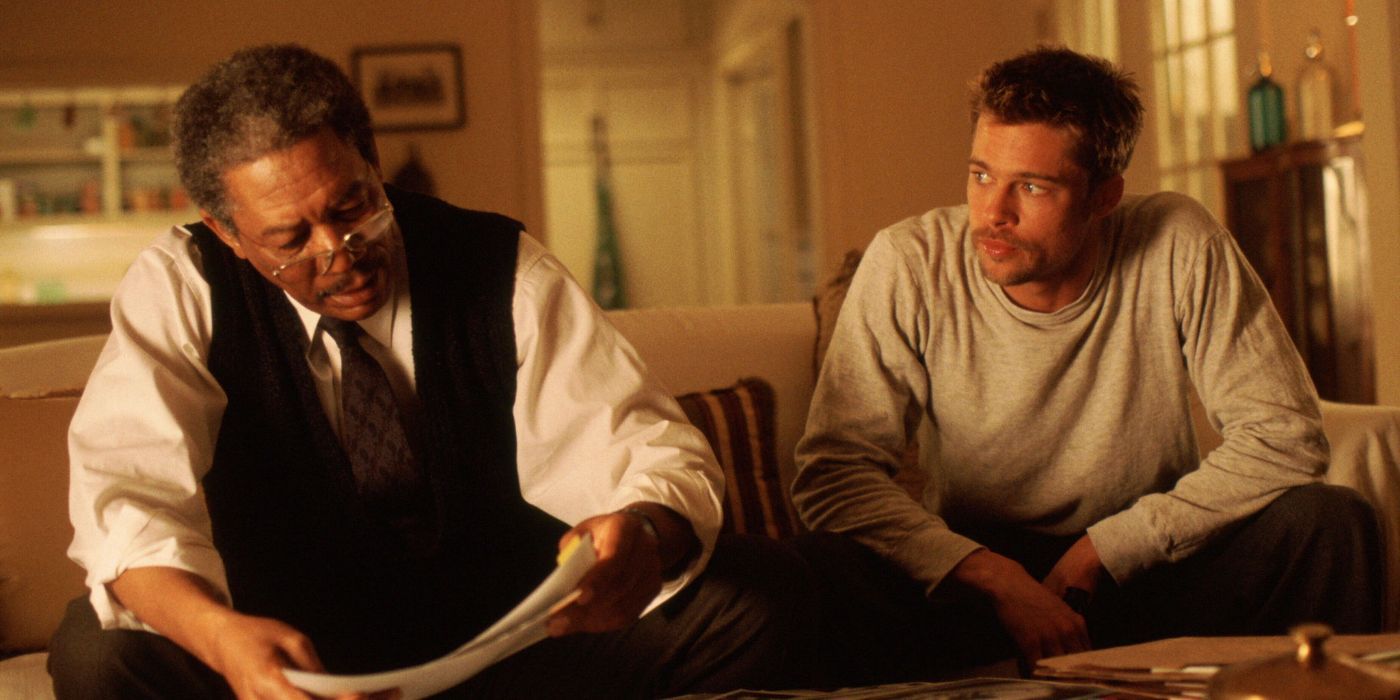
Se7en was one of the biggest films of 1995, and remains a career highlight for both director David Fincher and stars Brad Pitt and Morgan Freeman. As two diametrically opposed detectives, one with a foot out the door for retirement, the other trying to make a name for himself, Pitt and Freeman find themselves confronted with a different kind of serial killer that will push them both to the brink. Under different hands, Andrew Kevin Walker‘s sinister script could’ve been a gimmicky procedural, but with Fincher, coming off the nightmare production of Alien 3, the film is elevated to an essential crime thriller that influenced decades’ worth of film and television.
The grimy, rain-soaked aesthetic gives it an oppressive atmosphere, matched by Darius Khondji‘s dark cinematography and Rob Bottin‘s unsettling make-up effects, which make the grim fate of every victim of the film’s serial killer more visceral than the last. The opening credits sequence, set to a Nine Inch Nails song, also became iconic and would be mimicked in dozens of other films and television series, none of which approach the raw power of Fincher’s film. Other than a pivotal cast member turning out to be a real-life monster, Se7en has aged remarkably.
7
‘The Manchurian Candidate’ (1962)
Directed by John Frankenheimer
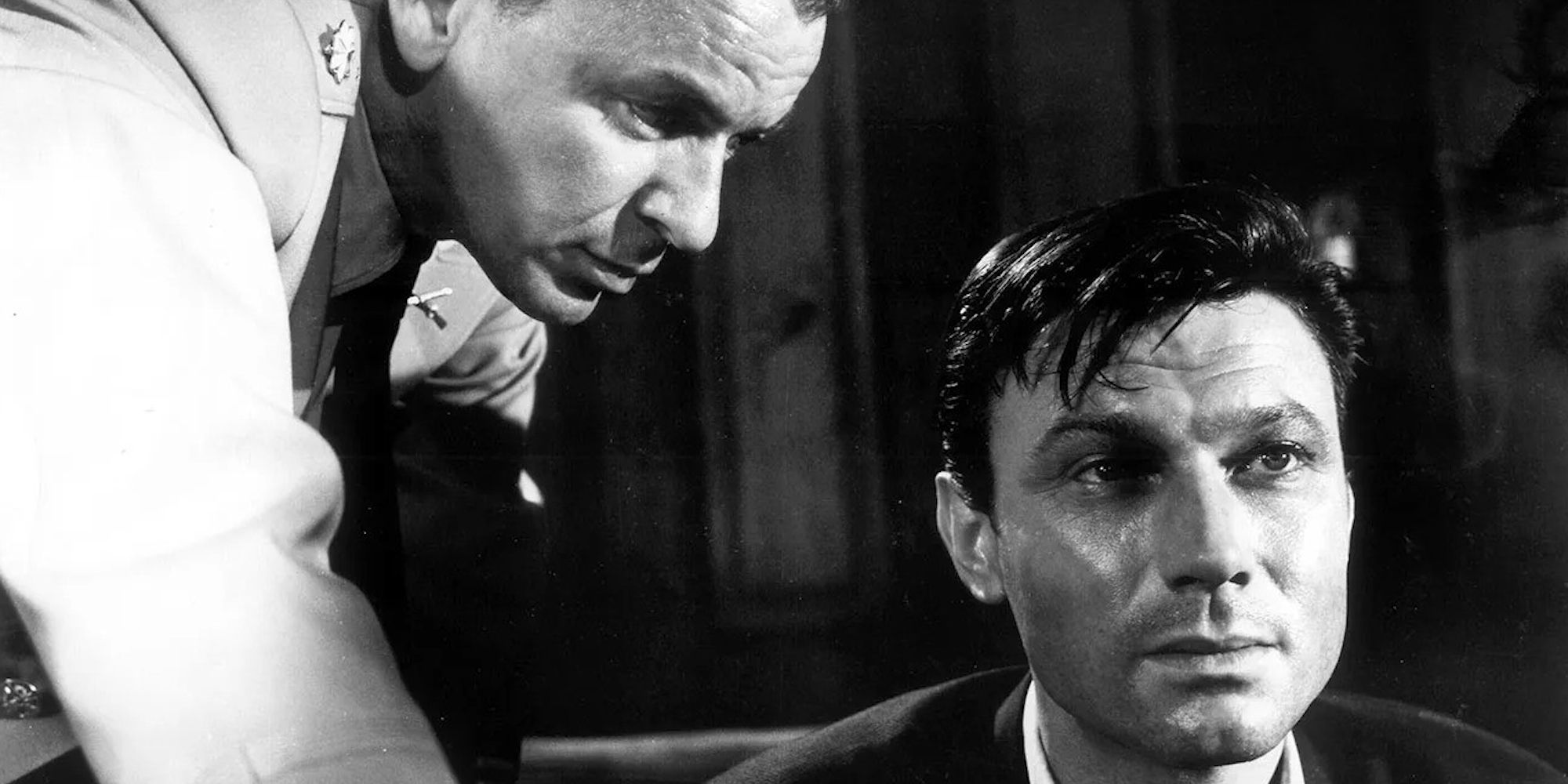
Based on Richard Condon‘s novel, John Frankenheimer‘s noirish political thriller The Manchurian Candidate was made at the height of the Cold War, which only enhances its chilling plot about a war vet brainwashed to be a sleeper agent by communists to commit an assassination. Paranoia infects every frame of the film, and the conspiracy theories run deep through the plot, which plays on the real, if unfounded, fears that many had of brainwashed agents of chaos running amok across the country.
The central cast performances, from Laurence Harvey as the programmed assassin and crooner Frank Sinatra as his compatriot dedicated to stopping him, are terrific. Still, it’s Angela Lansbury who runs away with the film as Harvey’s manipulative mother/handler. Frankenheimer’s ability as a director who could work across genres often went underappreciated, but his work in political thrillers is unparalleled, and The Manchurian Candidate is his masterpiece.
6
‘A History of Violence’ (2005)
Directed by David Cronenberg
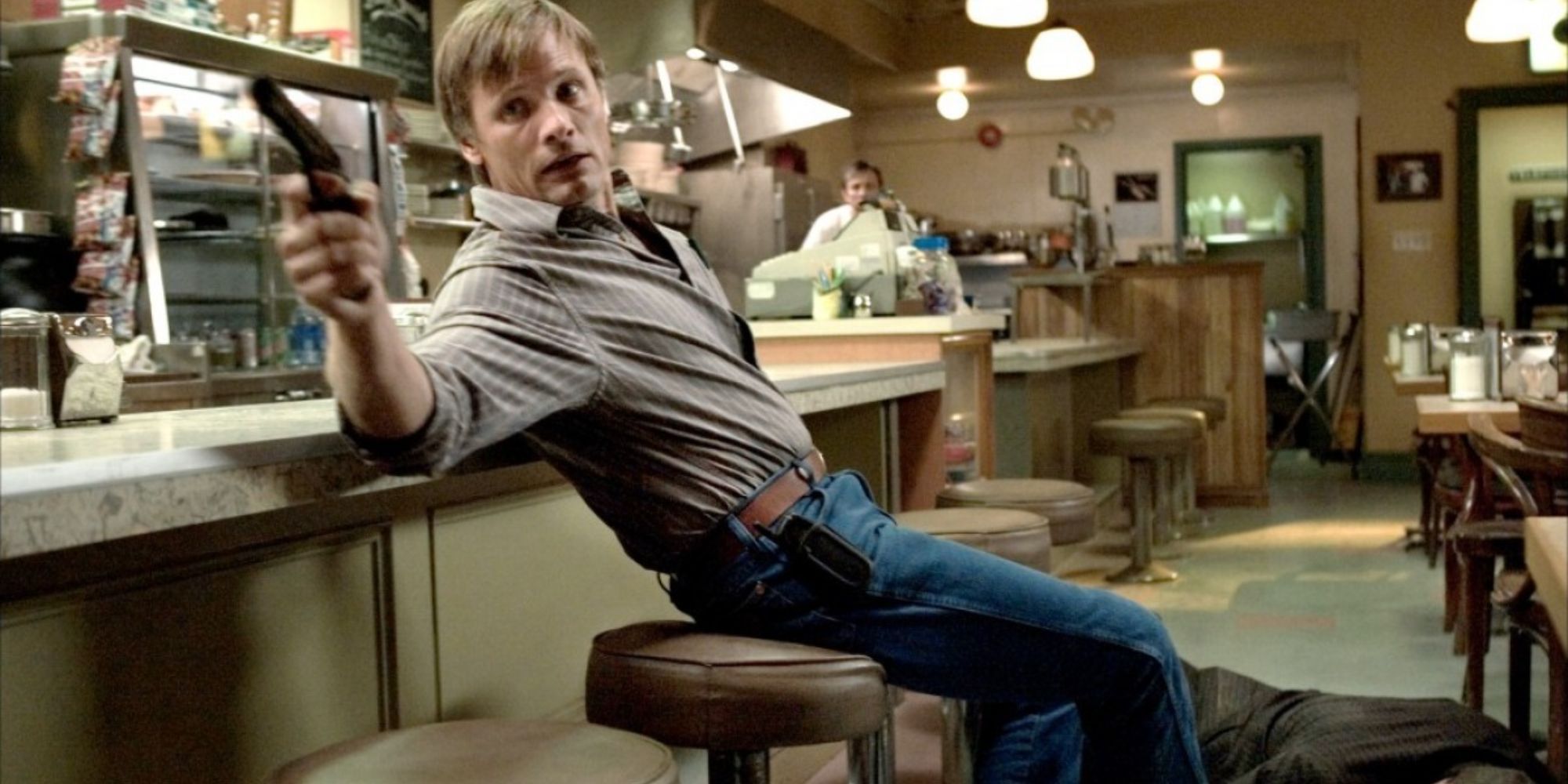
Though he’s best known for his contributions to the body horror genre, one of the best films of director David Cronenberg‘s career is a lean, mean crime thriller that still manages to shock with its violence. Loosely based on a graphic novel, A History of Violence stars Viggo Mortensen as Tom Stall, a seemingly unassuming small-town diner owner, whose life is thrown into chaos after he kills two dangerous would-be robbers and becomes a hero in the media. The notoriety brings out threats from Stall’s past, and his dark sins are brought to light.
Featuring stellar supporting performances from Ed Harris and an Oscar-nominated William Hurt as dangerous gangsters, the film isn’t short on scenes of violence, but also takes a sharp examination of the cycles that cause that violence and whether they can ever be broken. A History of Violence was Cronenberg and Mortensen’s first, and best, collaboration, offering a modern crime thriller in the traditions of the best noir.
5
‘M’ (1931)
Directed by Fritz Lang

One of the earliest examples of a police procedural, Fritz Lang‘s M was a hugely influential and innovative film showcasing a tour-de-force performance by Peter Lorre as a child murderer who puts the whole of Berlin on edge. Simultaneously tracking Lorre’s killer with the efforts of both the police and criminals attempting to stop him, M is heavy with symbolic visuals in the stark manner of German Expressionism. The film was also Lang’s first foray into the arena of sound, and he uses it to enhance his narrative in ways far more complex than many of the contemporary sound films of the era, including a haunting leitmotif used to identify Lorre’s character.
Lang was inspired by many real events and cultural issues plaguing Germany at the time, including real-life serial killer Peter Kürten, who was executed less than two months after the release of the film. Despite the dark subject matter, Lang uses restraint and avoids depicting any overt violence, allowing the viewer to conjure their own images. The climactic monologue delivered by Lorre offers one of the most compelling cinematic glimpses into the mind of a killer and is unsettling in a way that transcends the language barrier and even the passage of time. M is an all-time classic and a must-see thriller.
4
‘Double Indemnity’ (1944)
Directed by Billy Wilder
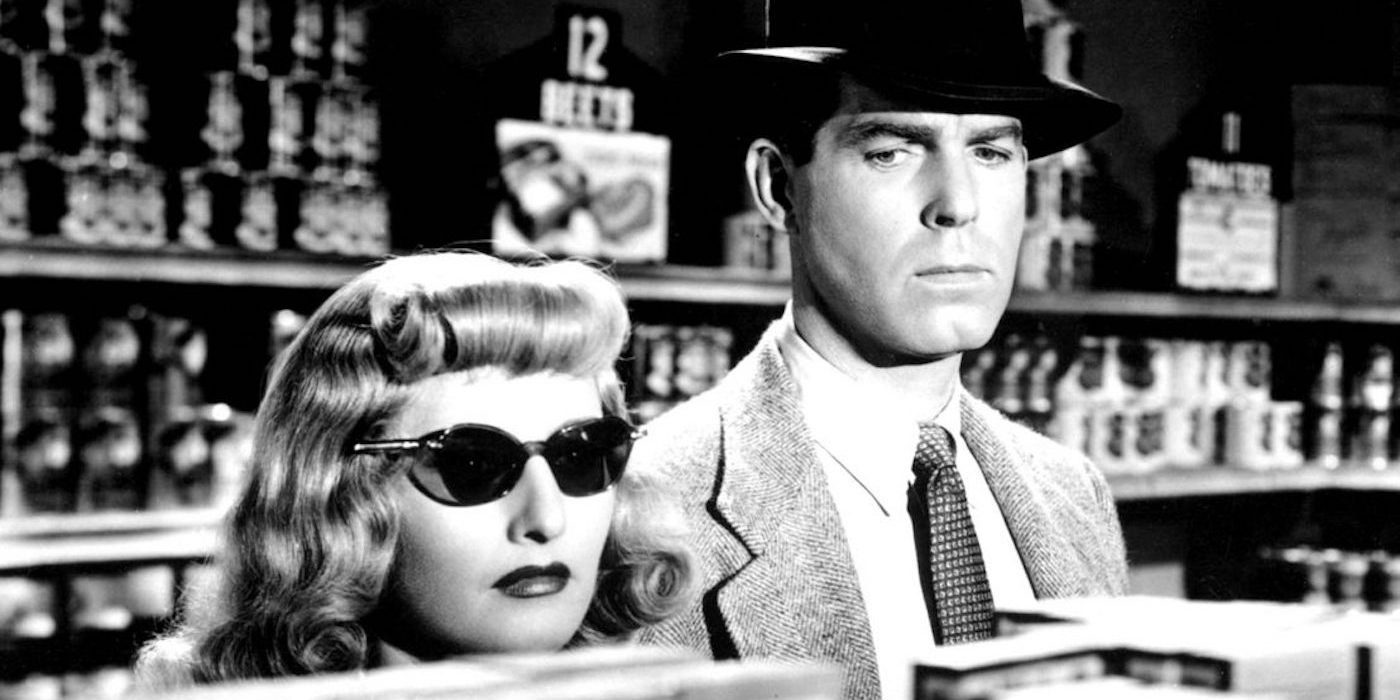
The film noir subgenre is filled with immaculate thrillers, trading on murder, deceit, lust and greed, but one of the absolute best is Billy Wilder‘s Double Indemnity. Based on the novel by James M. Cain, and with a script by Wilder and hardboiled novelist Raymond Chandler, the film follows Fred MacMurray as an insurance salesman falling for the charms of a femme fatale, played by Barbara Stanwyck, who convinces him to become an accomplice in the murder of her husband.
As with any good noir, things quickly spiral out of control and eventually turn bloody, but Wilder’s slick staging and script make it all so damned entertaining. Double Indemnity is an exemplary film noir with all the hallmarks and archetypes of the genre perfectly calibrated, partly due to the impeccable casting, with both MacMurray and Stanwyck playing wickedly against type. Double Indemnity is a must-watch for any fan of noir or classic cinema, and after 70 years, it still hasn’t lost a step in the thrill game.
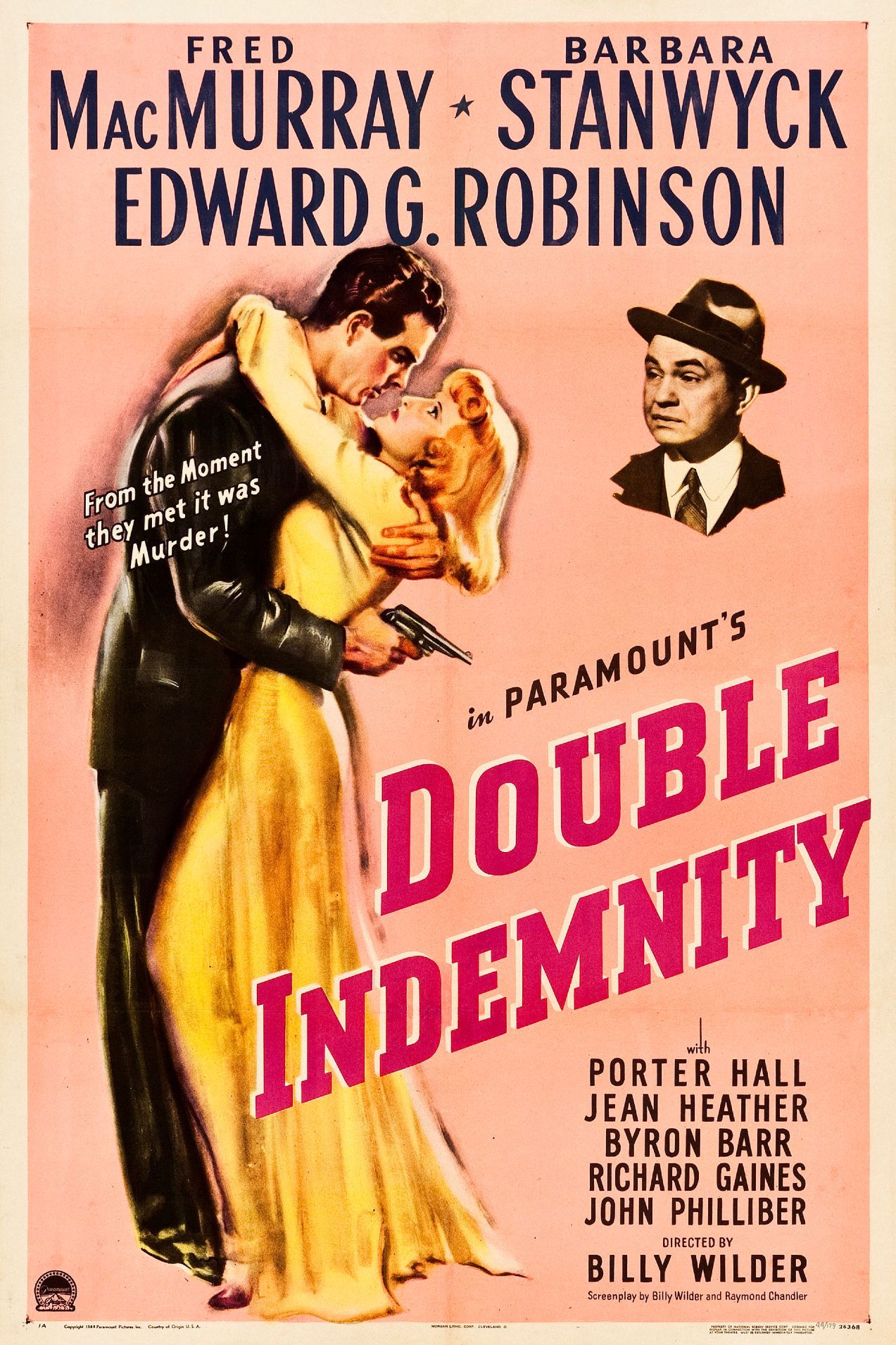
Double Indemnity
- Release Date
-
July 3, 1944
- Runtime
-
107 Minutes
- Director
-
Billy Wilder
3
‘The Wages of Fear’ (1953)
Directed by Henri-Georges Clouzot
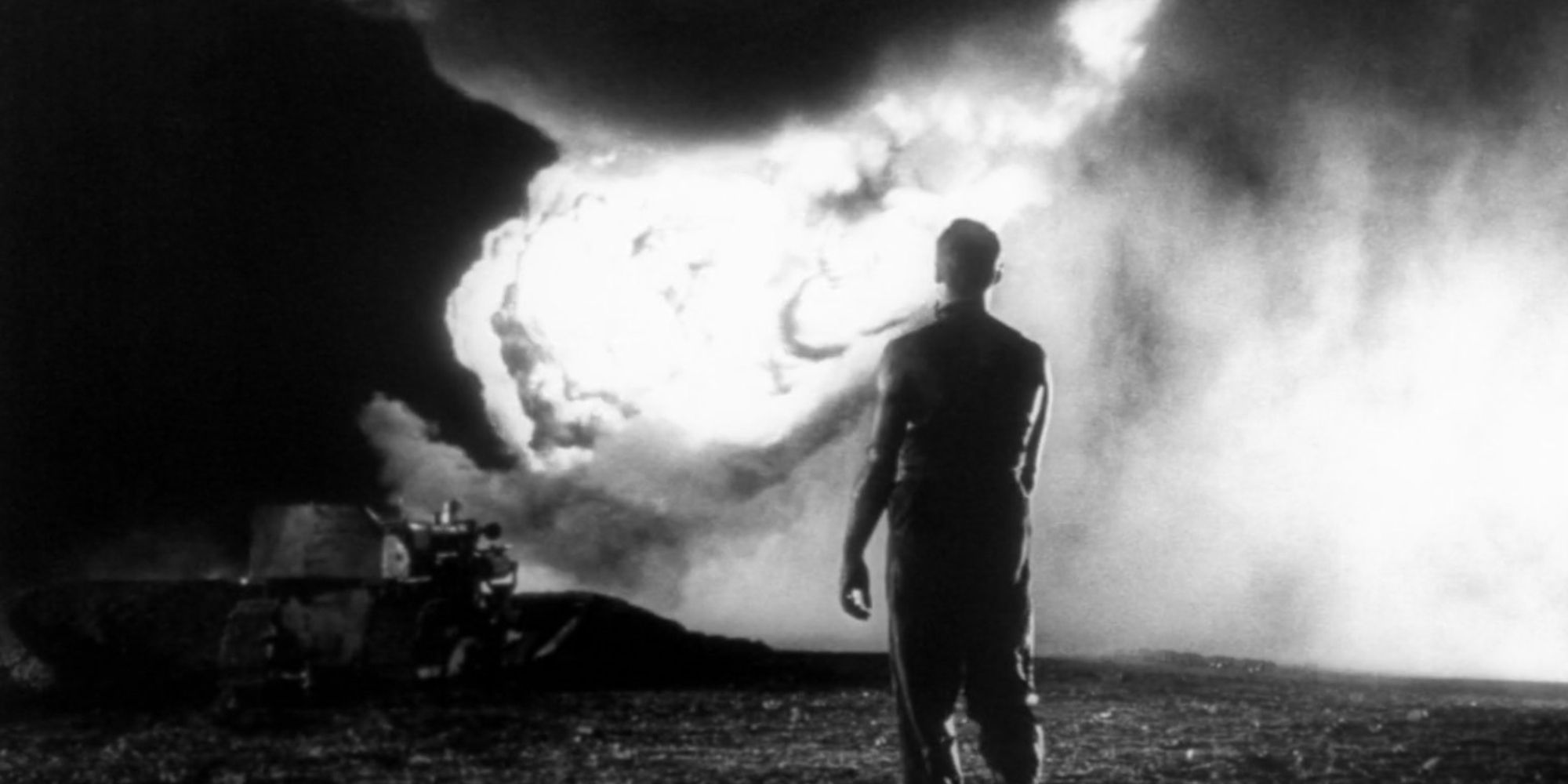
Though it’s been remade several times, including as a New Hollywood classic by William Friedkin and more recently as a lame actioner on Netflix, the original The Wages of Fear remains one of the tensest films ever made. The French thriller, based on a novel by George Arnaud, follows four European ex-pats who take on the dangerous task of transporting trucks of nitroglycerin over rough mountain terrain for an American oil company.
With obstacles both personal and physical standing in their way, the men brave the treacherous roads in the hopes of a sizable reward. Despite being over half a century old, the scenes of pure white-knuckle tension still measure up to many modern films with far more technology and budget at their disposal. Coupling the adrenaline-inducing action with more tenable human drama, director Henri-Georges Clouzot, who was also behind the classic thriller Les Diaboliques, offers a near-apocalyptic journey into the hearts of desperate men.
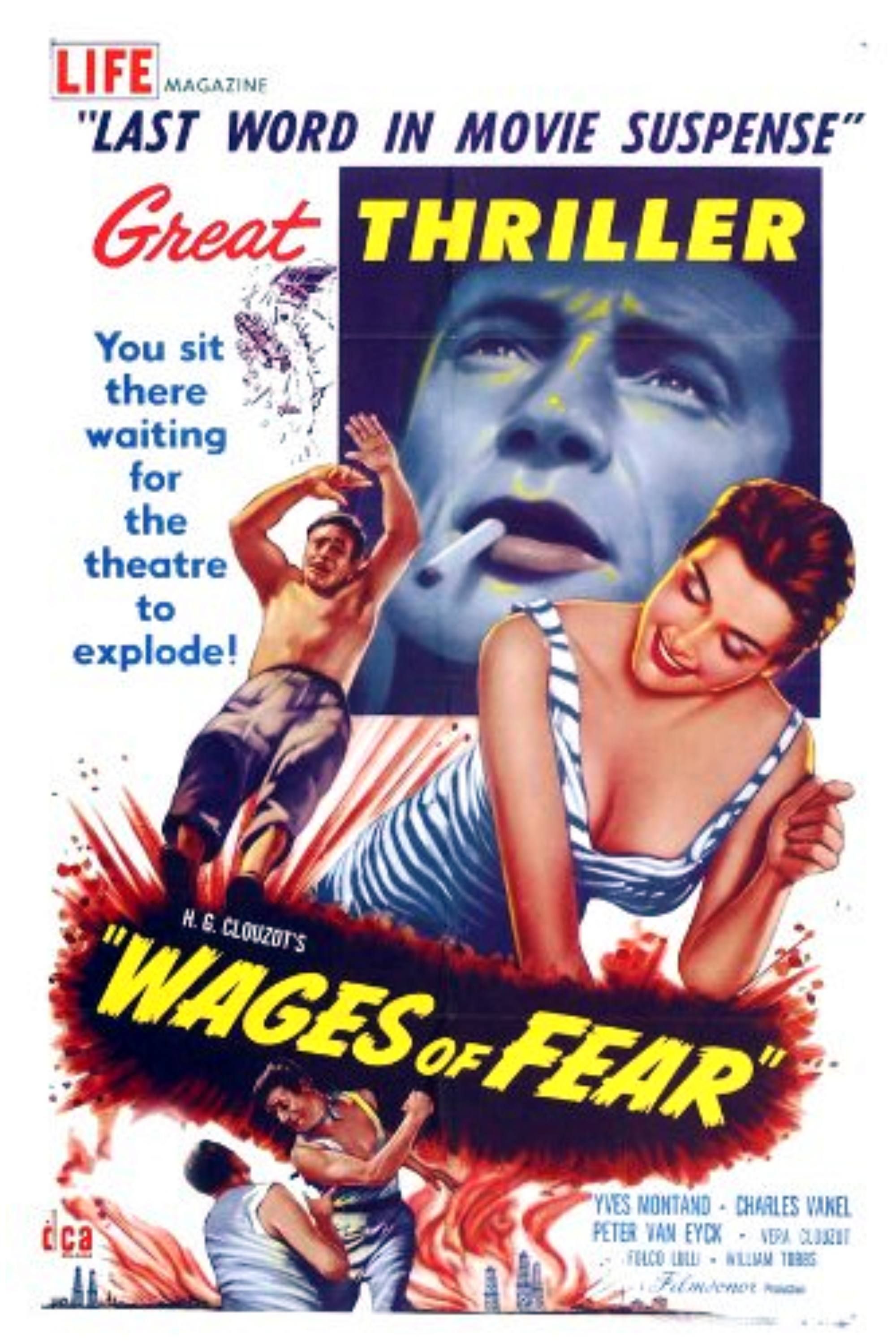
The Wages of Fear
- Release Date
-
February 16, 1955
- Runtime
-
131 Minutes
- Director
-
Henri-Georges Clouzot
2
‘Rear Window’ (1954)
Directed by Alfred Hitchcock
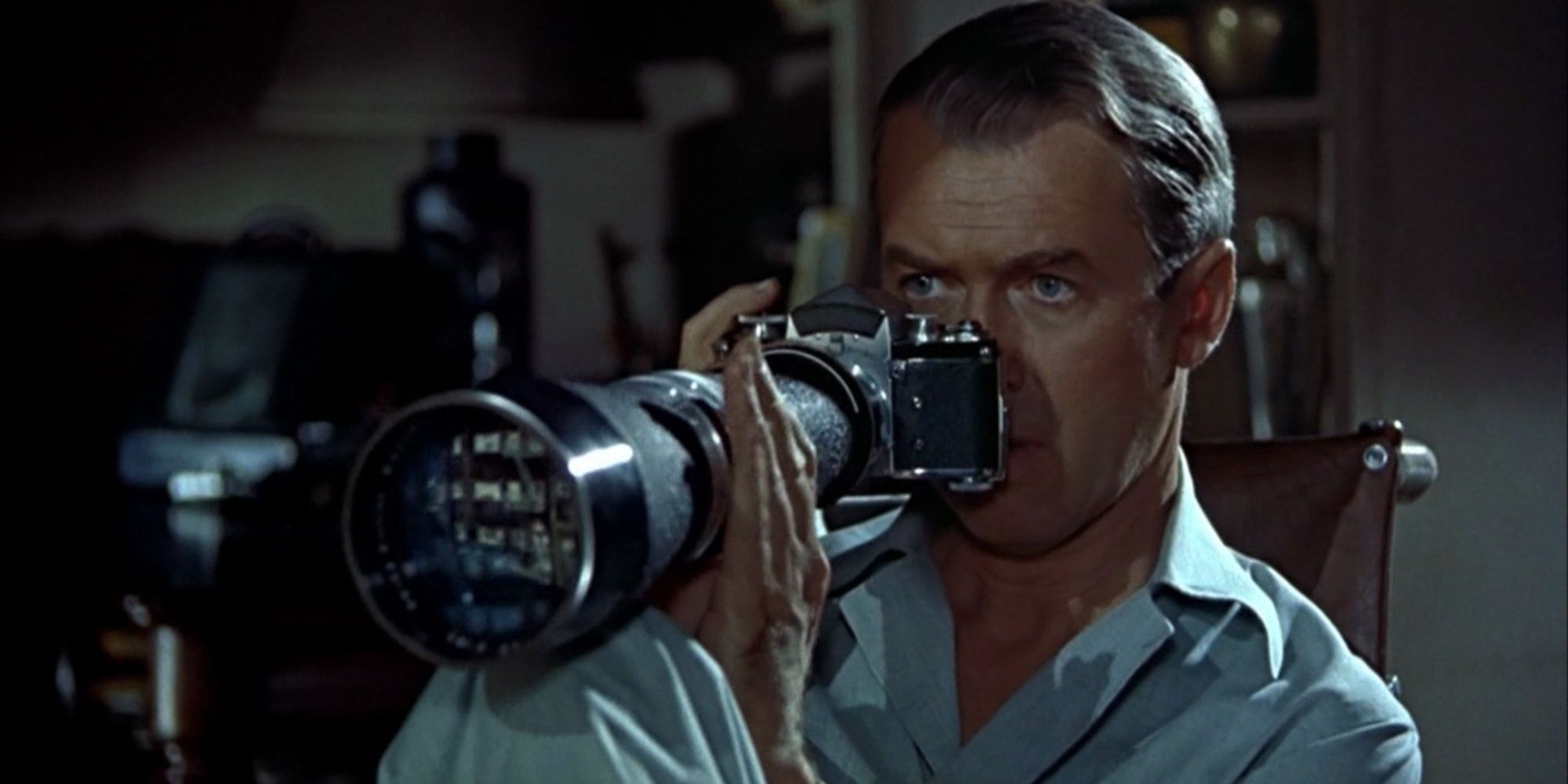
No director is more synonymous with thrills than the master of suspense, Alfred Hitchcock. The iconic director had a knack for putting audiences on the edge of their seats with his thrilling masterpieces, but never with so much claustrophobic dread as in the classic Rear Window. Set entirely in the apartment of James Stewart‘s photojournalist, who is laid up with a broken leg and spends his time voyeuristically watching his neighbors, the film is a masterclass in editing and cinematography.
After Stewart witnesses what he believes to be a potential murder, Rear Window becomes a game of cat and mouse between him and his neighbor. Hitchcock continually ratchets up the tension without ever needing to leave the confines of the apartment. The specially constructed set, which recreated an entire apartment facade and courtyard, is a marvel of set design, allowing Hitchcock total control of the environment and the ability to create some of the greatest sequences of suspense in his career.
1
‘Jaws’ (1975)
Directed by Steven Spielberg

50 years after its release, Steven Spielberg‘s horror masterpiece Jaws hasn’t lost any of its ability to thrill audiences, and it remains untouched among shark movies. From the iconic opening kill to the triumphant and explosive ending, Spielberg piles up memorable scene after memorable scene. While the production of the film was notoriously a nightmare for all involved, it’s often been argued that some of the issues that the young director faced only forced him to become more creative.
When the mechanical shark malfunctioned, Spielberg relied on different techniques to imply its presence, such as underwater POV shots. Coupled with John Williams‘ iconic score, Jaws scared audiences out of the water and into theaters, where it became the first summer blockbuster. There simply aren’t enough superlatives to apply to one of the biggest films in American history, one that has never been weighed down by years of waterlogged sequels or rip-offs. Jaws rises to the top as one of the most thrilling films ever made.
NEXT: A Century of Cosmic Wonder — The 10 Greatest Sci-Fi Movies of the Last 100 Years, Ranked

